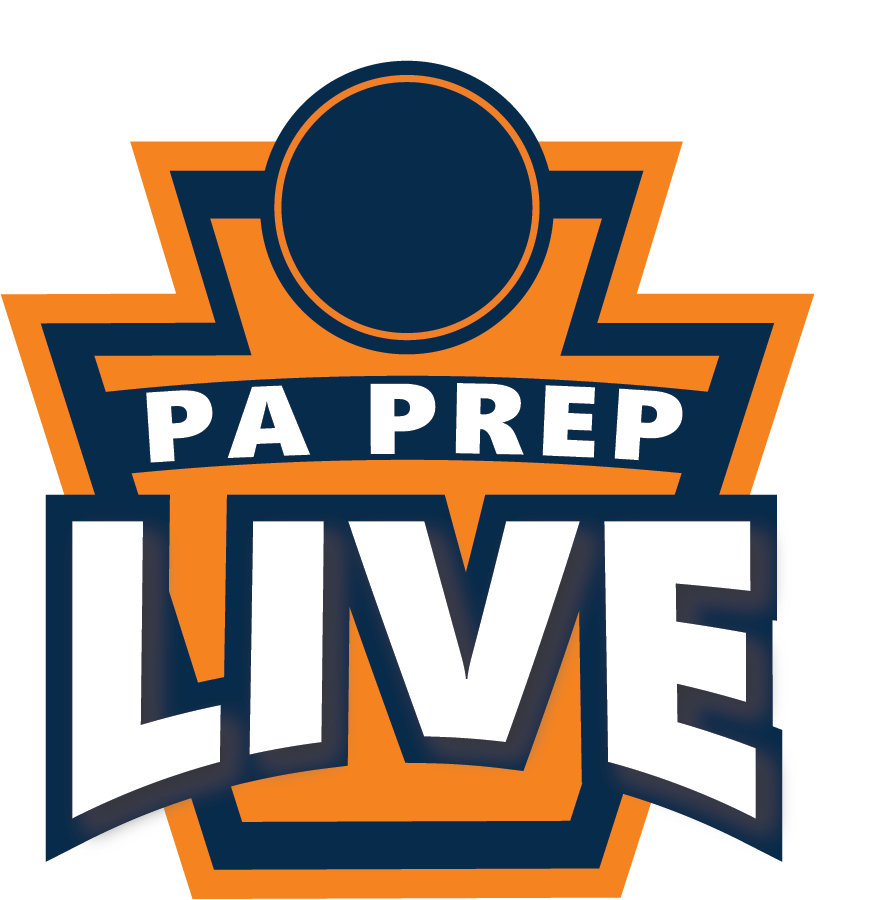
Private Problem, Public Debate: Competitive balance across the United States
This is a web bonus to our four-part series looking at the public-vs-private schools debate in the PIAA. Part 1 covers the disproportionate share of PIAA titles won by private schools, while Part 2 recaps the complex entanglements between the legislature and the PIAA. Part 3 covers the niche that charter schools play in the picture. Part 4 delves into the role that transfers and recruiting play in seeking competitive balance, plus we have a web exclusive exploring how competitive balance is tackled across the United States.
There’s a silver lining in the PIAA’s grappling with issues of competitive balance, particularly with regard to public and private schools: It seems that no state has settled upon a sustainable, scalable solution that is applicable everywhere. The potential remedies run the gamut, and it may be of some consolation to know that many states are arguing the same points that are tripping up the Commonwealth.
As such, one of the most frequent and least helpfully reductive solutions offered in interviews is the sentiment that, “X state does this, why can’t we just do that?”
The simple answer is that most other places are just as messy and no nearer to answering the question, if such a mythically perfect solution exists. A few examples we’ve come across in research that might be enlightening.
New Jersey holds separate championships for public and private schools in certain sports, then uses a tournament of champions model to crown an overarching winner in some sports. Only problem: To do that, New Jersey has to break its athletic association’s constitution, which bars the crowning of state champs according to an archaic clause of mysterious origins that was likely inserted to preserve Thanksgiving football. The Garden State is also wrangling with transfer amendments that are predictably drawing opposition and a complex geography with power centers in the north and south that in some ways mirror the PIAA’s Philadelphia-Pittsburgh axis, though Jersey has less ballast in between.
The key difference between New Jersey and Pennsylvania is that New Jersey is free of the legislatively arranged marriage of public and private. The NJHSIAA, which like the PIAA is a voluntary member organization, incorporated public and private schools from the beginning of its existence, whereas the PIAA’s inclusion of private schools to a previously all-public organization had to be forced by law.
New York’s high school administration is carved into four oversight bodies – public, independent, Catholic and New York City’s Public School Athletic League. Virginia and Maryland have separate playoffs, but they stem from separate athletic association. Delaware’s athletic association is administered directly from the state’s department of education, a scheme that doesn’t scale up when state size expands beyond three counties.
Alabama in 1999 adopted a multiplier, the first in the nation, for private schools, on the logic that private school students participate in interscholastic athletics at a higher rate than public school pupils. The multiplier was set at 1.35 times the private school’s enrollment. Tennessee, the site of a plethora of court cases, has two divisions and applies a multiplier on the basis of whether or not financial aid is provided. Illinois uses a multiplier and a success-factor system, which forces schools to move up based on titles won. Ohio, which twice voted down splitting the public and private schools into separate tournaments, operates off a complex mathematical formula to determine success factors.
This analysis springing from Ohio several years ago is a tidy summary of the available options, and though it’s eight years old and requires an independent revisit to update some of the information, Timothy Liam Epstein’s paper that specifically focuses on multipliers is one of several pieces of academic research that delves deeper into the topic.
The prevailing consensus is that no one seems to have a solution to the question of competitive balance, but the possibilities to improve the status quo are myriad.

